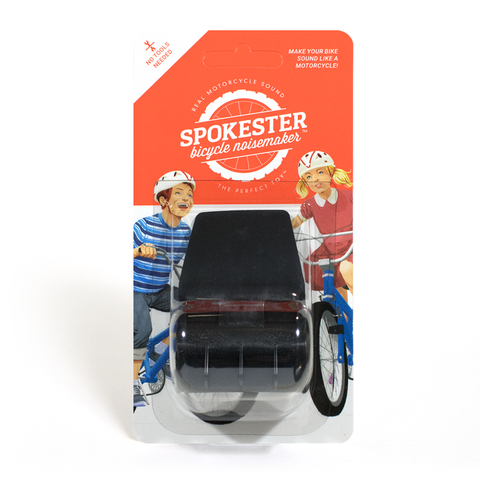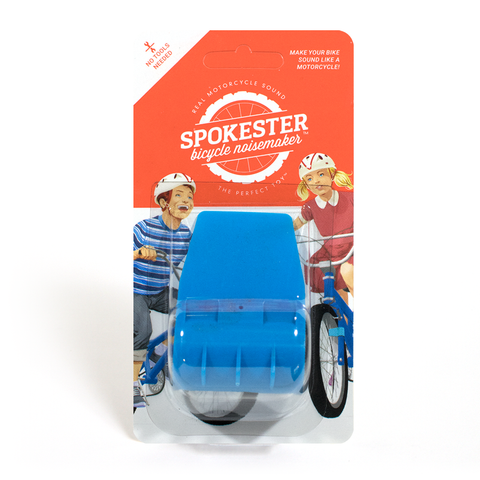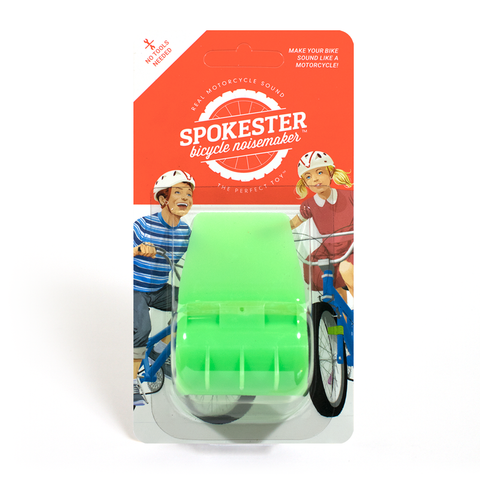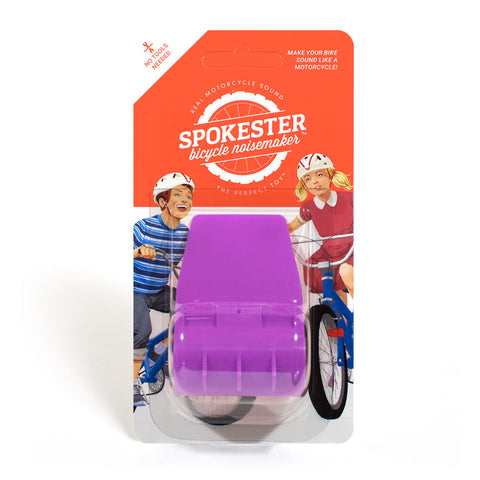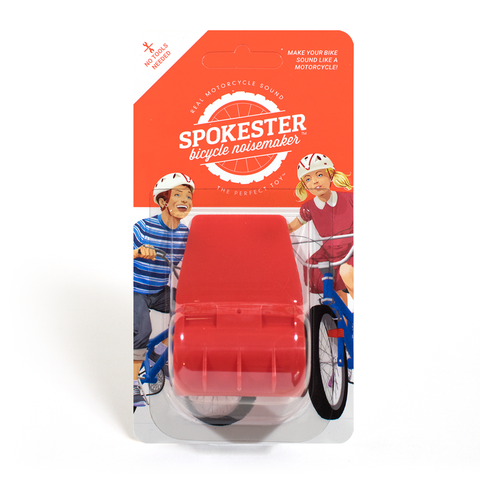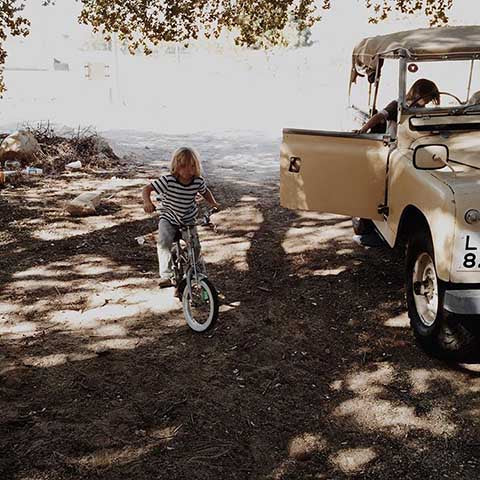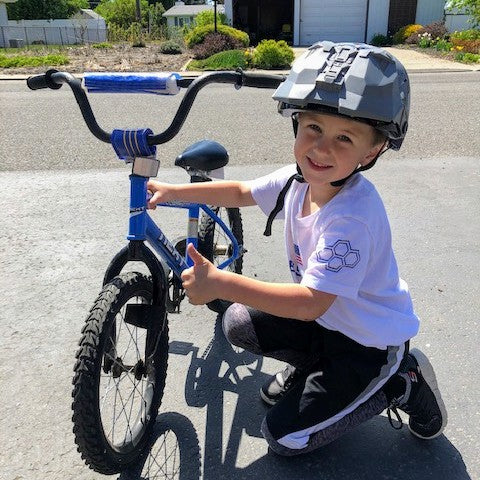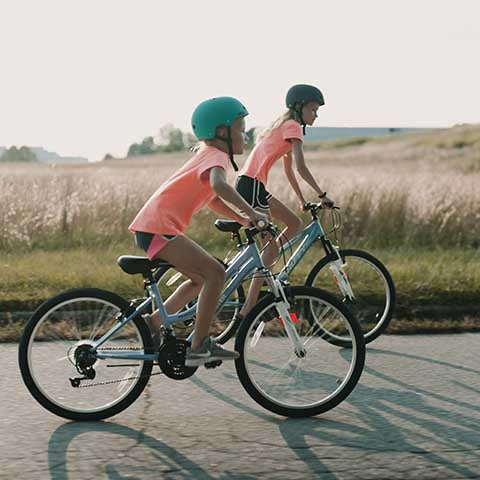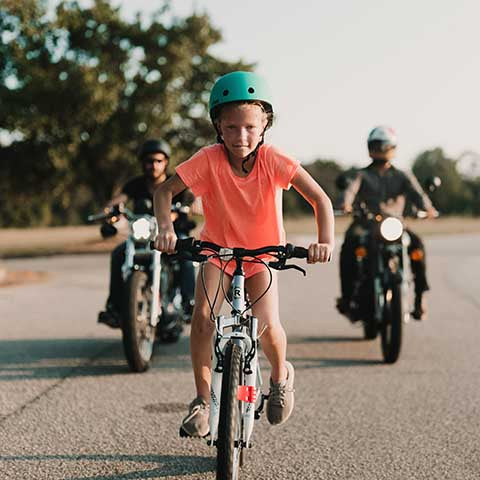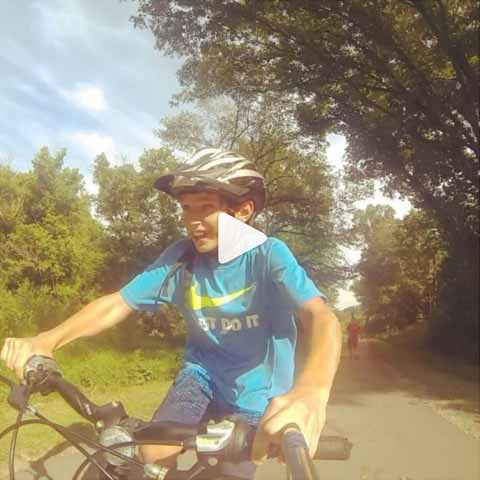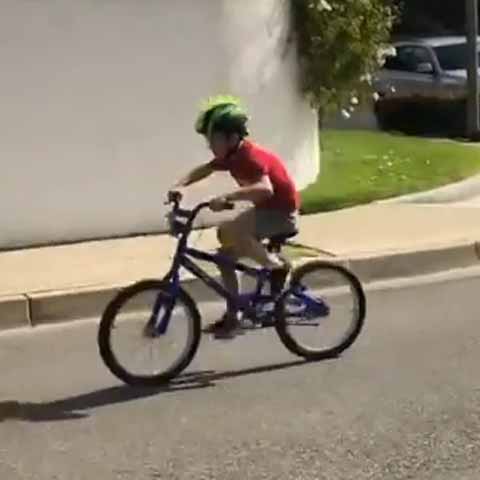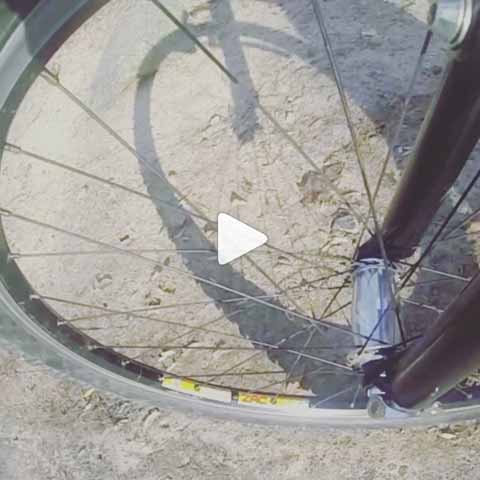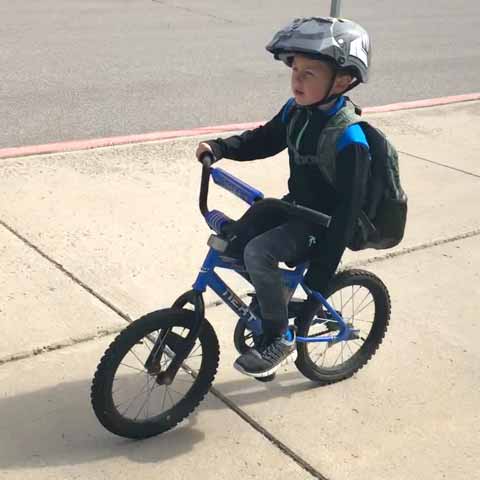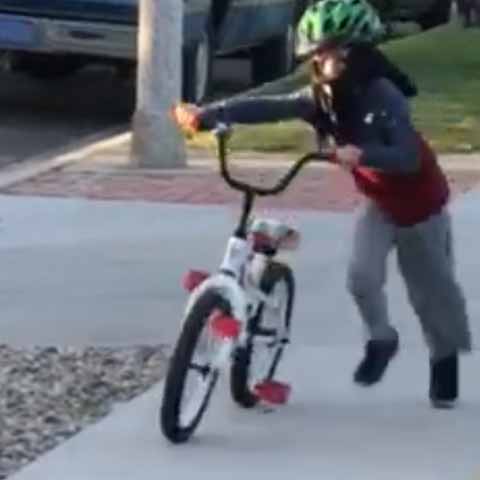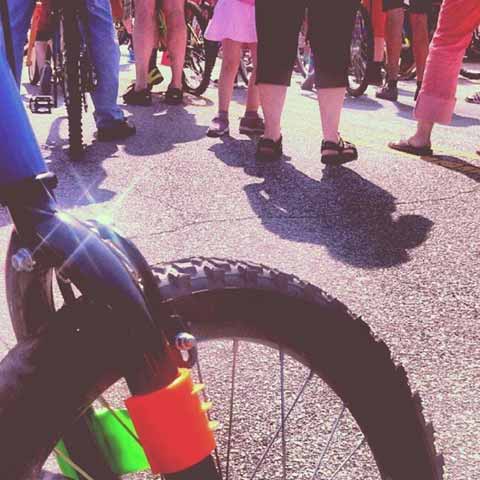Specialty Bikes Guide Part 1: Kids' Mountain Bikes
Would you buy junior cleats for basketball season? How about a catcher's mitt for your aspiring outfielder? Yeah, we wouldn't either. Not exactly fit for purpose, you know?
Well, not all bikes are created equal, either. That's why we're sharing this three-part series on kids' specialty bikes. Basic bikes are perfectly fine for the early stages of two-wheeling. Trikes, balance bikes, and training wheels are all solid tools for giving them the essential skills and coordination they need. But, once they get the hang of unassisted cycling—which can happen before you know it—they're off to the races.
So, before you go buying them road bikes when all they're going to do is jump ramps in the backyard, take a sec and skim these posts for some purchase-process intel. We'll start with a youth favorite, mountain bikes.
Mountain biking overview
So, your little Mad Max or Maxine has graduated from single speed to gears, eh? Sweet! One of the most common kinds of beginner multi-speed bikes you'll see used by other kids in the neighborhood are mountain bikes. That's because MTBs are one of the more versatile styles for any age. They're the all-terrain two-wheel-drive version of the bicycling world, suitable for just about any surface. In fact, mountain biking has become so popular that more towns than ever are building trails specific to the sport, and places like ski resorts are opening their slopes to your spokes during the off-season.
That said, MTBing with children, particularly, young ones, ain't easy. It doesn't matter if you're starting with basic trails and specially-designed bike parks or jumping right into the deep end with some serious single track. Prepare for a lot of teaching moments, more than a few falls, and a bit of frustration (from both of you).
Don't worry, it's not all doom and gloom! On the contrary, once you get through the inevitable growing pains that come with any new complex activity, off-roading with your little one can be a real blast. Just make sure you buy the right bike for your tyke. It's one thing to surprise your toddlers with birthday wheels as they're getting into the game for the first time. It's another one entirely as they advance to the next stage of cycling, making it much more important to find the right fit. Depending on how serious you are about taking your kids to the backcountry right away, make it a priority to buy a good bike given the beating it'll take. There are a lot of cheapo versions on the racks out there, so if you're on a budget, consider a quality used mountain bike rather than a new iffy one.
What, then, does a quality youth MTB look like?
What makes a kid's mountain bike a kid's mountain bike
The good news is that these are pretty easy to spot since they resemble adult versions in both form and function. For instance, those knobby tires you see on full-sized mountain bikes? Same thing on kids' bikes. And the fact that they're wider than your typical tire helps with traction and balance as well. Most beginner MTBs range from six-speed to ten, which can be adjusted using standard shifters on the handlebars. Some youth models now come with twist shifters, which can make transitioning to multi-speeders even easier.
Speaking of handlebars, if you're upgrading from basic bike to mountain bike, then we have to assume your kids are comfortable with hand brakes at this point. If they're not, get them up to speed on using hand brakes before you do anything else. For the rest of the block, you've got a decision to make: rim or disc? We cover the differences between rim brakes and disc brakes in a separate post, but generally speaking you're looking at three main types here. At this age, you really can't go wrong with any of them, so in some ways it becomes a matter of budget. Tried-and-true rim brakes are your first and least expensive option. These guys have been around for a long, long time. Why? Because they work, and technology keeps making them even better. That said, from a performance standpoint, they're less effective in bad weather and at modulating braking pressure than the alternatives.
Which brings us to disc brakes. As if you don't have enough decisions to make already, disc brakes come in two types: mechanical and hydraulic. Both stop the bike by acting on a metal rotor attached to the wheel hub rather than on the rims. Mechanicals do this using a cable-tension system just like rim brakes and are easier and cheaper to maintain. Hydraulics use brake fluid in a master cylinder, which offers more braking power and better modulation. Our advice? Don't overthink this. Until they get older, your kids won't know the difference between the three types, much less care. They should be more worried about not nailing a tree than whether or not their brake fluid is due for a change.
One of your other major considerations when it comes to off-roaders is suspension. Suspension systems on the front and/or rear of a bike's frame help mitigate the roughness of the terrain. In other words, suspension bikes have more give for a softer landing than rigid bikes. By no means is suspension a must-have, particularly for entry-level riders. Given these systems can add considerable weight to the bike, you should take into account your little one's size and ability to maneuver (ideally, "lighter is mightier"). If you do decide to invest in suspension, make sure you get them a reputable system. Skimping here will do no one any good.
How to know when your child is ready for a mountain bike
One size does not fit all when it comes to MTBing, or any other kind of specialized biking for that matter. If someone tries to tell you that your tyke's ready for single track by X age or Y height, run fast and run far. Some are ready for basic trails as early as three, whereas others take a few more years (and possibly a few more inches). Six to eight is when many kids get their first dedicated mountain bike, but everyone develops at different rates.
It's all about having the right skills and coordination before heading into the bush. If your children are rockstars when it comes to pedaling, steering, and balance but aren't comfortable with hand brakes or multiple gears, keep an eye open for good single-speed mountain bikes. They'll come around, and when they do they'll already have the experience they need on hilly, rugged earth to quickly adapt to more challenging routes that require these features.
As you might imagine, it's best to ease into this sport. Bike parks offer controlled settings where beginners can practice the basic skills they'll need. Then, progression from parks to paved trails to wider dirt paths all build confidence little bits at a time. Once they cross the 20" wheel threshold, most are fully ready for heavier MTBs (that use suspension systems, for instance) and have mastered gear shifting. This is a good thing, since you can essentially kiss single-speeds goodbye at this point. If your kid is zooming up the charts and is ready for even bigger bikes, it's not a bad idea to look for models that allow for both 24" and 26" wheels so that you're not headed to Dick's every five minutes to buy a new one.
Tips for developing kids' mountain-biking skills
At the risk of stating the obvious, mountain bikes are not beach cruisers. If your rascal's riding experience to date has been limited to the boardwalk, make sure you prepare him or her for the change in scenery. Here are a few pointers to help guide the way.
Protective gear
Branches, rocks, and other fun sources of pain litter the backwoods. Even in moderate environments like bike parks and paved trails, the degree of difficulty is higher than your neighborhood sidewalk. The best way to guard against serious injury is through protective gear, particularly helmets suitable for mountain biking. Other types of padding may eventually come into play depending on how serious your kids are about MTBing, but consider a quality helmet mandatory.
Technique
If Tommy and Tammy are ready for a mountain bike, they'd better be ready to pay attention. Heads up and eyes front aren't just for the classroom. As their abilities improve and they begin tackling tougher terrain, it'll be important to teach positioning. The default or "attack" position over rough landscape involves level pedals, bent elbows, loose muscles, light grips, and a well-placed center of gravity.
Trail etiquette
Kids don't inherently know that they should be the ones to give right-of-way to hikers and better riders. It'd be impressive if they even knew what right-of-way is! Recognizing the written and unwritten rules of the dirt road are just as important as knowing how to gearshift uphill.
Let them push their boundaries
If nothing else, kids are resilient. Sometimes, failure is the best teacher. Every parent should take as much precaution as possible when it comes to MTBing, but if you shelter them too much for fear of bumps and bruises, you may in fact be hurting them. People of all ages grow when they push themselves and try new things. Otherwise, they never know where their boundaries are. Try to find a balance between encouraging hesitant kids in safe environments and heat-checking fearless ones when they go all Knievel.
Keep these things in mind as your kids graduate from street to single track and you'll be just fine. For those who want to stay on the pavement, Part 2 of our kid's specialty-bike series takes a similar look at road cycling.
← Older post Newer post →
